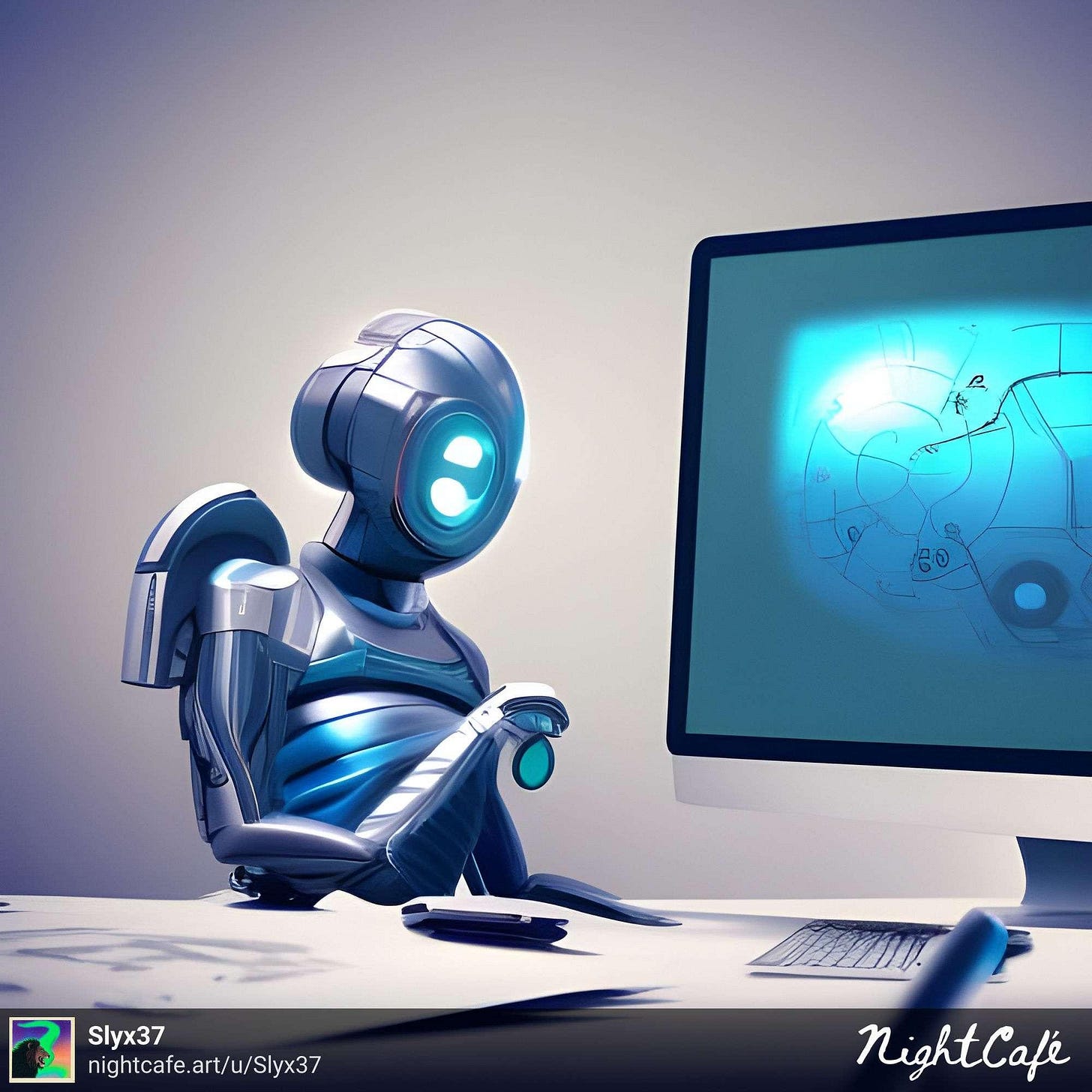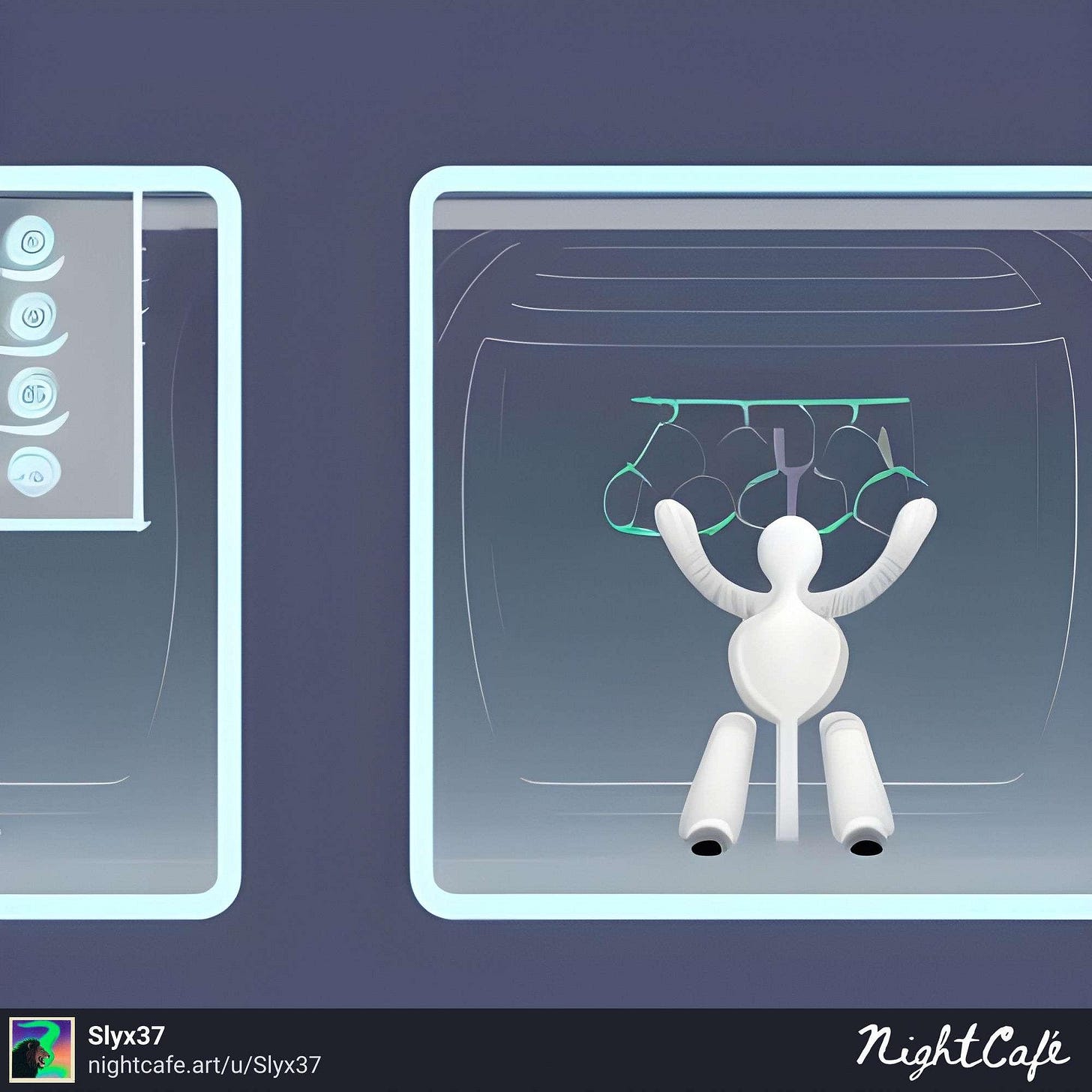Reflecting on Reflection: How Language Models Learn from their Mistakes
AI Models Have a Self-Reflection Moment
Artificial intelligence (AI) has come a long way, with language models that can communicate like humans. Large language models (LLMs) like OpenAI's GPT-3 and Google's PaLM can understand and generate text, solving various language-based tasks with impressive accuracy. But even these smart models are not perfect. They face challenges, such as limited training data and an inability to learn from their own mistakes. So, what can we do about it? Well, let's introduce the power of self-reflection!
Making Decisions Less Artificial: The Reflexion Approach
Enter Reflexion, a new approach that gives LLMs the ability to self-reflect and learn dynamically from their errors. Reflexion allows an LLM agent to evaluate its own reasoning and decision-making process to improve its actions. The agent can learn from its mistakes, just like humans do. By doing so, the agent can avoid repetitive actions, identify hallucinations (incorrect or imaginary information), and construct an internal memory map of the environment, making better decisions over time.
When AI Goes Wrong: How Reflexion Helps Language Models Get it Right
Reflexion aims to address common challenges in LLMs, such as repetitive action choice, hallucination, and random action choice. It also enables agents to autonomously close the trial loop, improving their behavior over long trajectories. To evaluate Reflexion's effectiveness, we tested it on two benchmarks: AlfWorld and HotPotQA. The results were promising, with Reflexion achieving success rates of 97% and 51% on AlfWorld and HotPotQA, respectively. With Reflexion, AI models have a self-reflection moment, which means that they can learn from their mistakes and continuously improve their decision-making skills.
How Self-Reflection Works in AI Models
Self-reflection is an essential part of learning for humans, and it can be for AI models as well. With Reflexion, LLM agents can analyze their own reasoning and decision-making processes, allowing them to learn from their mistakes and make better decisions in the future. Reflexion achieves this through a heuristic that helps agents identify hallucinations, avoid repetitive actions, and build an internal memory map of the environment. By doing so, the agent can improve its decision-making skills over time and become more effective at solving language-based tasks.
Closing the Loop: The Autonomous Approach of Reflexion
In contrast to traditional human-in-the-loop (HITL) approaches, Reflexion is fully autonomous. The agent can learn from its own mistakes without requiring human intervention, improving its behavior over long trajectories. Reflexion also allows the agent to close the trial loop autonomously, which means it can refine its decisions continuously without the need for external feedback. By addressing common challenges in LLMs, such as repetitive action choice and hallucination, Reflexion provides a more natural and intuitive way for AI models to learn and make decisions.
Conclusion
Reflexion represents a significant advancement in AI decision-making. By endowing LLMs with self-reflective capabilities, we take a step closer to creating AI agents that can learn, adapt, and solve complex tasks in more intuitive ways. Reflexion is not designed to achieve perfect accuracy scores, but its goal is to demonstrate learning through trial and error, enabling discovery in tasks previously considered challenging. Ultimately, Reflexion represents an emergent property in LLMs that brings us closer to achieving human-like decision-making in AI agents. So, let's reflect on reflection and celebrate the power of learning from our mistakes!
Note: This article is written for a general audience and aims to provide a high-level overview of the Reflexion approach. It is based on research in the field of natural language processing and decision-making in large language models.




